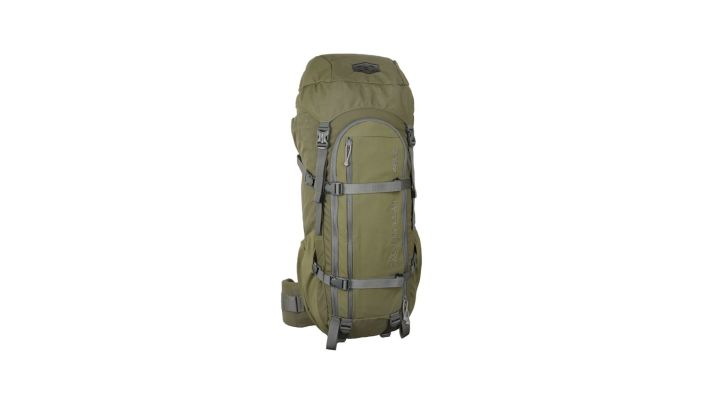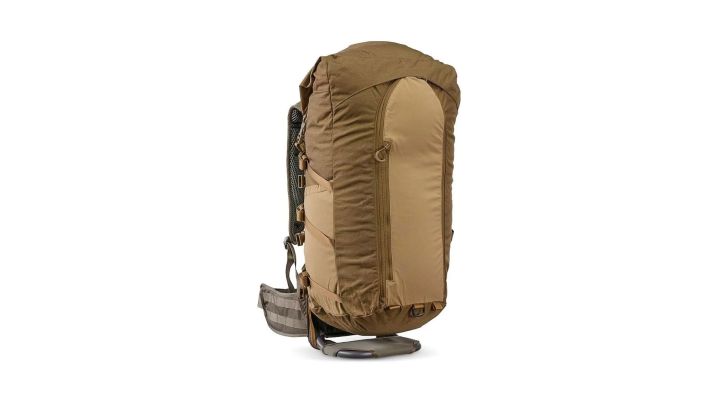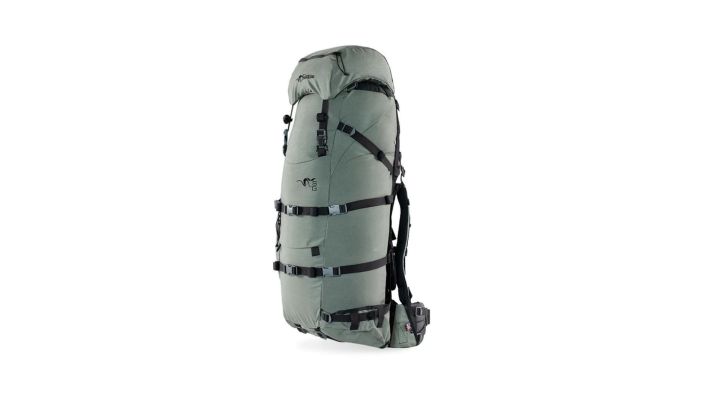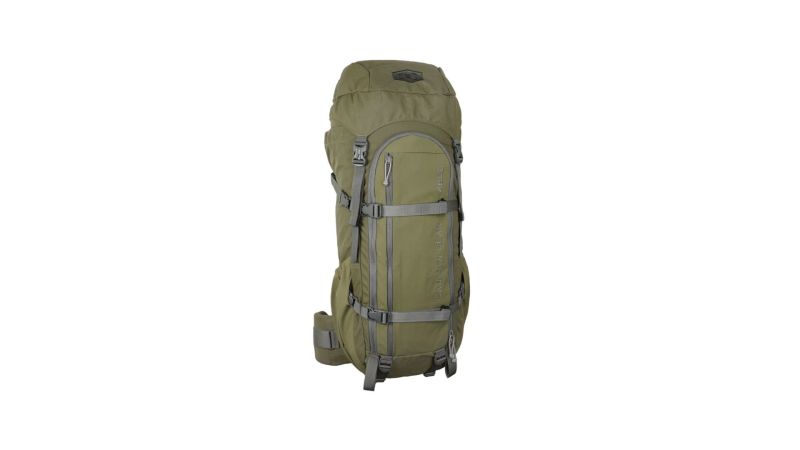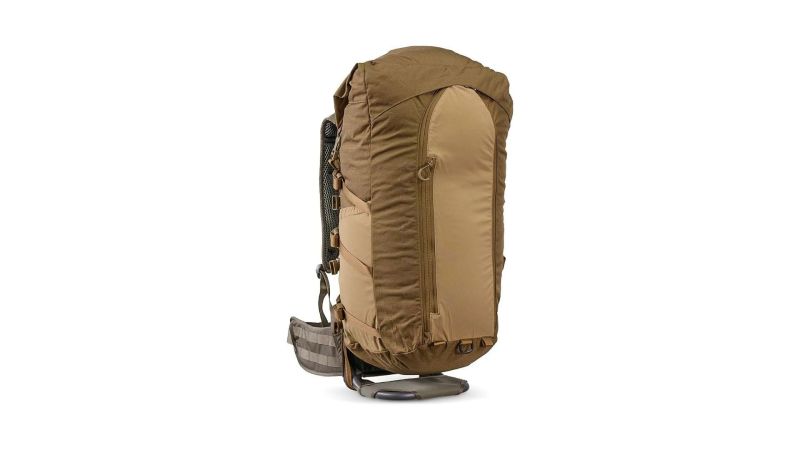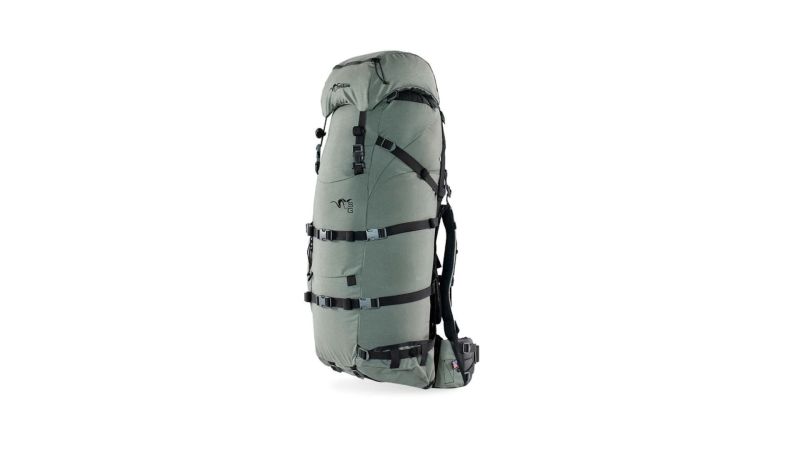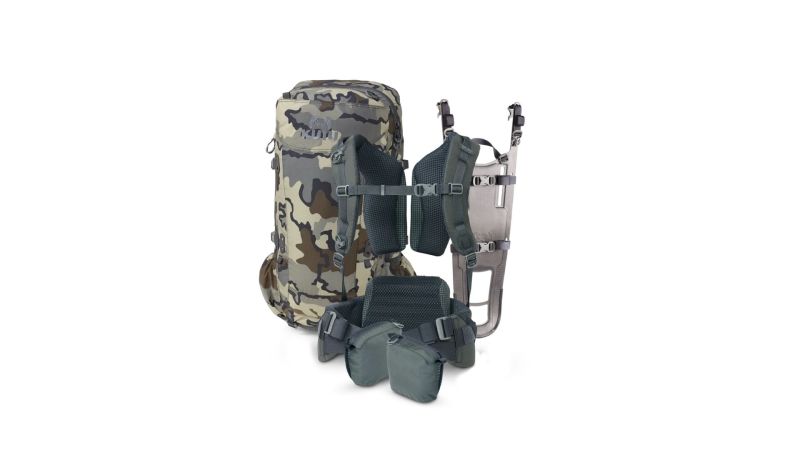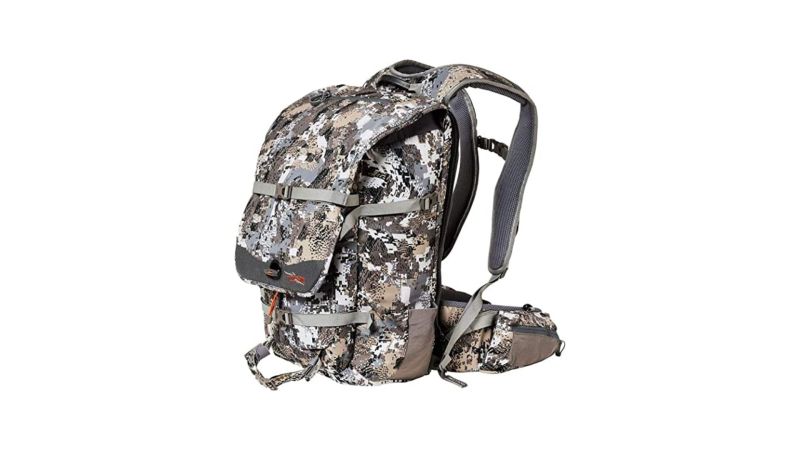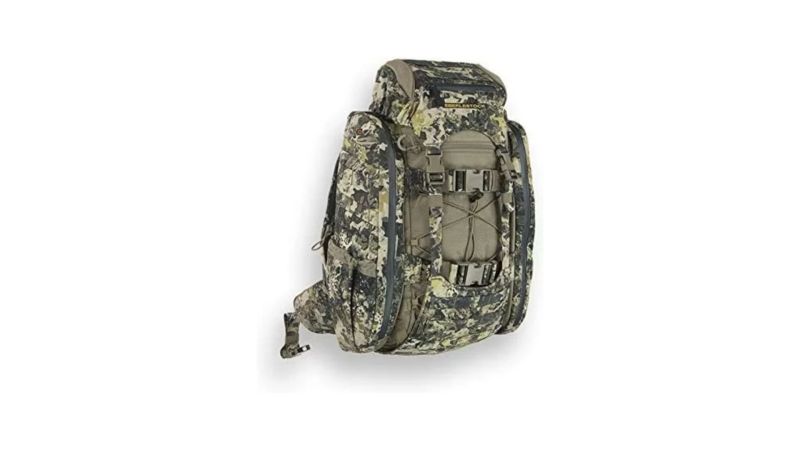We may earn revenue from the products available on this page and participate in affiliate programs.
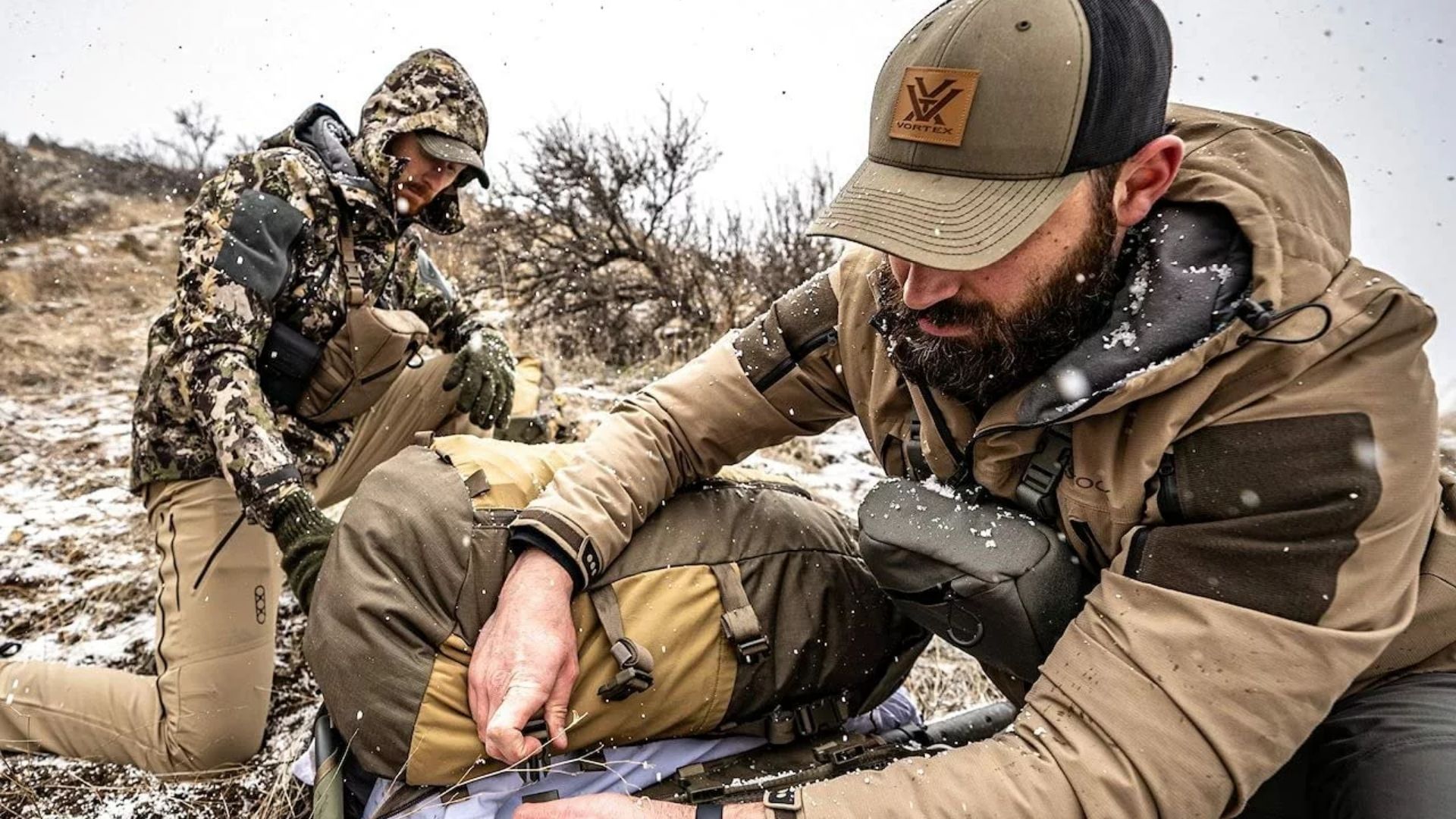
Imagine that it’s hunting season, and you’re three miles into the wilderness. With the waning last minutes of light, you arrowed your first elk. Despite the altitude and the stress of the moment, you executed a solid shot and recovered your prey. You notch your tag and take some pictures but the realization of it all hits, “How am I getting this back to the truck?” Thankfully, you did some research on bowhunting backpacks.
Bowhunting packs are constructed with quality materials, engineered for load bearing, and with plenty of compression straps. These attributes make carrying a heavy load so much more manageable. And, because quality backpacks are a significant investment but an investment that will last for years to come, we listed out the best bowhunting backpacks we could find.
I’m a firm believer in the “buy once, cry once” concept when it comes to vital, no-fail pieces of gear. Therefore, in this article, we’ll navigate through multiple categories of the best options as well as the qualities you should seek to find what’s best for you.
- Best Overall: Exo Mtn Gear K3 4800
- Best Budget: Eberlestock Vapor 5000
- Editors Choice: Stone Glacier Sky Archer 6400
- Best for Women: Kuiu Women’s Pro LT Hunting Pack Kit
- Best Whitetail Pack: Sitka Tool Bucket
- Best Tree Stand Pack: Eberlestock X2 Pack
Best Overall
Exo Mtn Gear K3 4800 Pack System
Best Budget
Eberlestock Vapor 5000
Editor’s Choice
Stone Glacier Sky Archer 6400
Best for Women
Kuiu Women’s Pro LT Hunting Pack Kit
Best Whitetail Pack
Sitka Tool Bucket
Best Tree Stand Pack
Eberlestock X2 Pack
Things to consider before buying a bow hunting backpack
Day versus multi-day packs
There is some overlap between daypacks and multi-day packs, but they are not one and the same. A daypack typically has less than 2,000 cubic inches of space, while a multi-day pack has more. In general, you’ll want 1,000 cubic inches of space for each day in the field.
In this buyer’s guide, packs range from 5,000 to 6,400 cubic inches, so if you do the math, they should hold enough gear for approximately five to seven field days. However, you can do less with more. Some inexperienced hunters tend to “pack their fears” and use up or require more volume. But, as you gain experience, you will find that your gear becomes more dialed-in and takes up less space.
Fit
Not all packs fit the same. Therefore, you should find one that fits your body type. A pack’s performance is primarily based on the frame and suspension. The suspension consists of shoulder straps, hip belts, and load lifters. The hip belt should hug your hip bone or the iliac crest because this is where most of the pack’s weight will rest. The hip belt also shouldn’t impede your ability to move either. The load lifters connect your frame to your shoulder straps. Proper adjustment will provide stability, alleviate shoulder pressure, and transfer pack weight to the hips. You should look for a suspension that is micro-adjustable, which ensures the best fit.
Durability and features
The pack’s durability is another important consideration. The industry-standard fabric is 500D Cordura, but durability is determined by more than just the fabric it’s weaved from. It’s enhanced by quality features like high-end YKK zippers, advanced stitching techniques, welded seams for waterproofing, and other niceties.
Besides durability, another key feature to consider is how you carry a load. Hunting packs are equipped with either a load cell or a load shelf to carry animal remains (aka meat). A load cell is a compartment inside the pack, while a load shelf fits between the pack and the frame.
If you ask me, I prefer a load shelf because it keeps the raw meat and blood separate from the rest of your gear. However, good quality load cells are constructed from ultralight non-absorbent fabric, which will shield the rest of your gear.
Customer service
Bowhunting backpacks require a significant financial investment, so it’s good to know that the manufacturer stands by its products and values you as a customer. However, good customer service involves more than making a good product. It also includes forgiving return policies, extended warranties, over-the-phone accessibility, and online support, especially regarding fitting.
FAQs about bow hunting packs
Q: How heavy should a hunting backpack be?
A: A pack’s frame shouldn’t be too light where it mitigates its load-bearing capability. Too heavy, and the pack is carrying the weight that serves no purpose. A quality pack’s base weight will probably weigh around five to six pounds. Some packs will weigh less and others more, but at some point, it’s a diminishing return either way.
Q: Are all bow hunting backpacks weather-resistant?
A: Many bow hunting backpacks are weather-resistant. Depending on your environment, many packs will fare well with inconsistent precipitation, but every fabric reaches a saturation point. If this is a concern, consider packing your gear in dry bags. Some companies offer a rain fly for their bags at an additional charge.
Q: How long should a bow hunting backpack last?
A: For most of us, a backpack will last many years and for many adventures. Product maintenance is key to ensuring the longevity of your purchase. Each company recommends its own process, but cleaning your pack thoroughly after each season is one sure way to prepare for next season’s exploits.
Final thoughts
The Exo Mtn Gear K3 4800 pack system is a premium and bombproof pack. The other packs listed are every bit as capable and durable. Don’t let the price point on these packs shock you. They are absolutely worth the cost upfront, and it’s a purchase that will see you through many seasons chasing memories in the mountains or in the whitetail woods.
Methodology
Finding the best bowhunting backpacks required extensive research on multiple forums, contacting subject matter experts, and reaching out to manufacturers directly. While I relied on my own experience, I utilized Rokslide, an incredible resource for all things hunting and the backcountry. I interviewed Emory from the By Land Podcast and visited the GoHunt headquarters in Las Vegas, Nevada, whose hospitality left a lasting impression as they welcomed me literally off the street and let me get additional hands-on gear experience while answering all of my questions. I contacted an old army friend, Mike Willey, a former instructor at a military mountain warfare school for his expertise. With these additional perspectives, I was able to narrow down a list of backpacks that will help you find success this archery season.
For simplicity, I broke this guide into two categories. Day-hunting is often associated with whitetail hunting, and multi-day hunts are associated with western pursuits. Primarily, I was looking for packs that could offer five to seven days of carrying capacity, a load shelf capability, compression straps for carrying a bow, and durability for the rigors of the backcountry. The day packs were geared for the whitetail woods with an emphasis on mobile hunting. Customer service factored in heavily since most of these packs are high-dollar items and there is little value in a product that isn’t backed by the very manufacturer who produces it.
